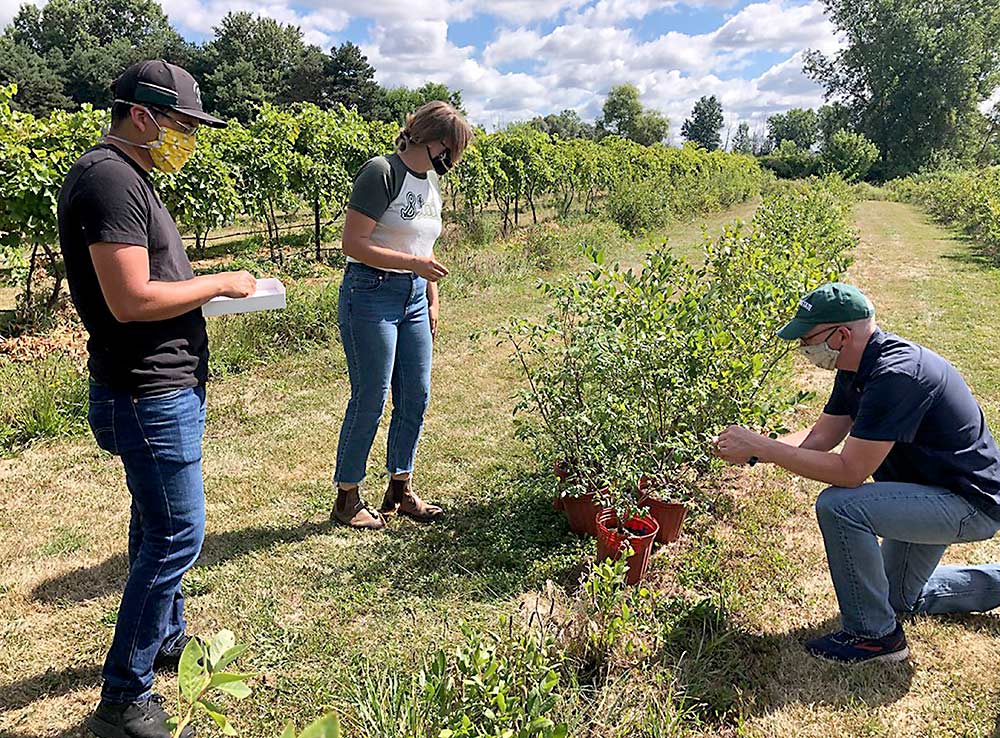
U.S. blueberry plantings surged over the past decade, as growers planted new varieties in new regions at higher densities. But blueberry pollination practices have not kept pace, leaving growers to rely on recommendations based on older varieties grown at lower densities in more traditional growing regions.
The industry needs up-to-date pollination recommendations that can be adapted to any variety in any climate, accessible to growers at the press of a smartphone button, according to Rufus Isaacs, a Michigan State University entomology professor leading a new four-year project to provide just that.
Supported by a $2 million grant from the U.S. Department of Agriculture’s Specialty Crop Research Initiative, the blueberry pollination project includes researchers from MSU, Washington State University, Oregon State University and the University of Florida.
Yields per acre are rising. There are more flowers in fields during bloom, many of them new cultivars with uncertain pollination needs. Stocking densities (the number of hives per acre) for new cultivars, as well as for more traditional cultivars grown in new regions, need to be reevaluated, Isaacs said.
Meanwhile, there are fewer feral honey bee colonies and wild bees than there used to be, making growers more dependent on managed pollinators.
Once they update the pollination recommendations, the research team will create a decision-making aid, which they’re calling a pollination planner, for growers. By the time the project concludes, growers should be able to access a pollination planner online from their state’s weather network (such as Enviroweather in Michigan and AgWeatherNet in Washington) and use the planner to tailor pollination recommendations to their own farms, cultivars and weather conditions, Isaacs said.
There are similar decision-aid support tools for apples, but the pollination planner is a new concept for blueberries, said Lisa Wasko DeVetter, WSU associate professor and project co-leader.
“Blueberries as a crop have been underserved in terms of pollination research,” she said.
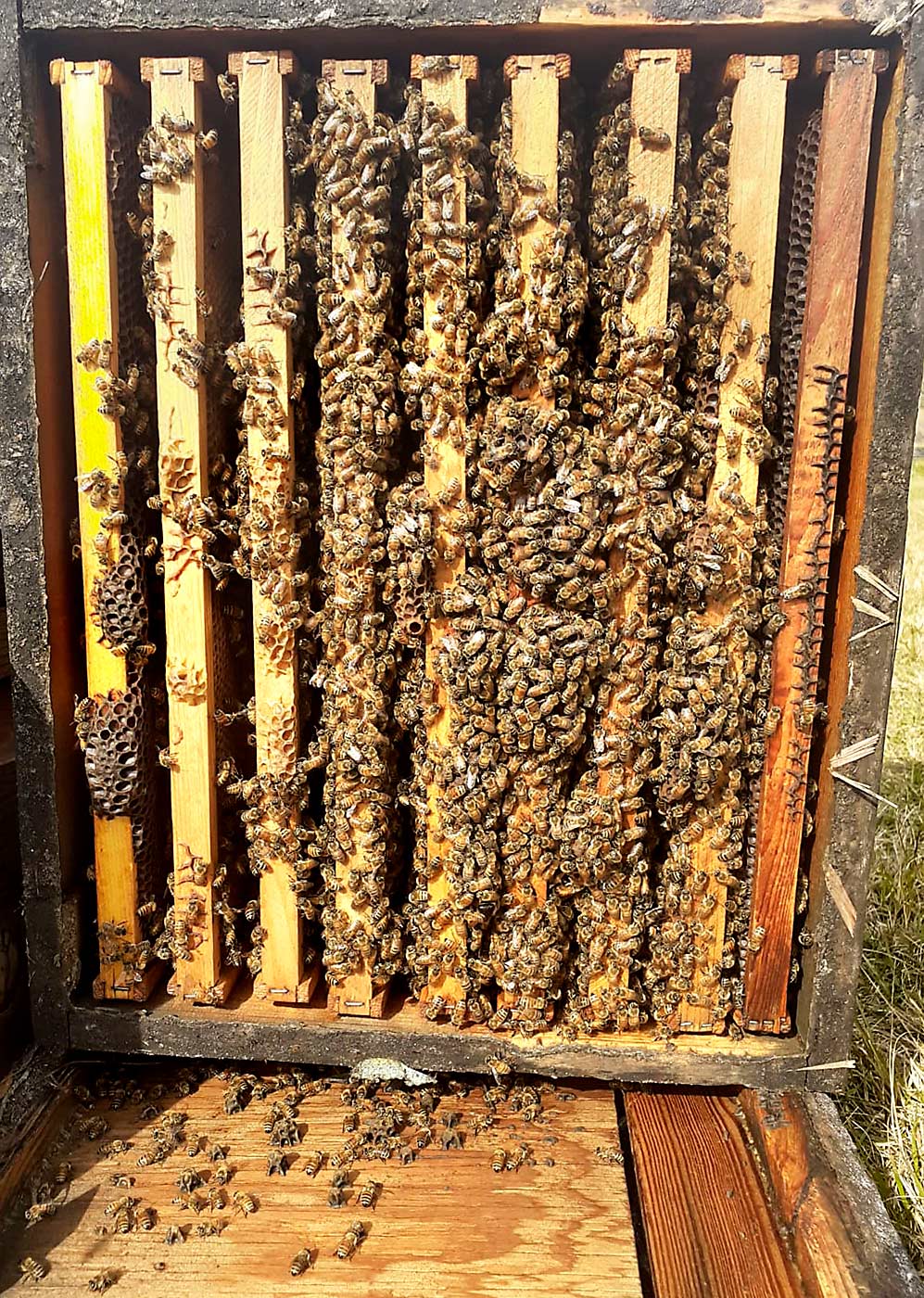
Southern berries
Field work was already underway in early February, which is bloom time in Florida. University of Florida assistant professor and pollinator ecologist Rachel Mallinger and her research team study the stocking density of honey bee hives in southern highbush blueberry fields. They conducted trials on 12 farms: half stocked with the typical number of hives used in the region (three or four hives per acre) and the other half stocked with six to 10 per acre.
At each farm, they walked through four rows of blueberry bushes, either Emerald or Jewel, at a slow and steady pace, counting every honey bee they saw on a flower. (They kept track of bumble bees and other pollinators, too.) Then they walked through the same rows a second time, counting the number of flowers on flagged branches. After harvest, they will calculate the final fruit set and berry weight from those branches in order to measure how well they were pollinated, Mallinger said.
The researchers also recorded 1-minute videos of the entrances of tagged hives, to record colony activity. At the beginning and end of bloom, they opened up hives to count bee clusters, a measure of hive quality, she said.
Mallinger’s team aims to figure out why some blueberry cultivars are more attractive to bees than others, which could have breeding implications.
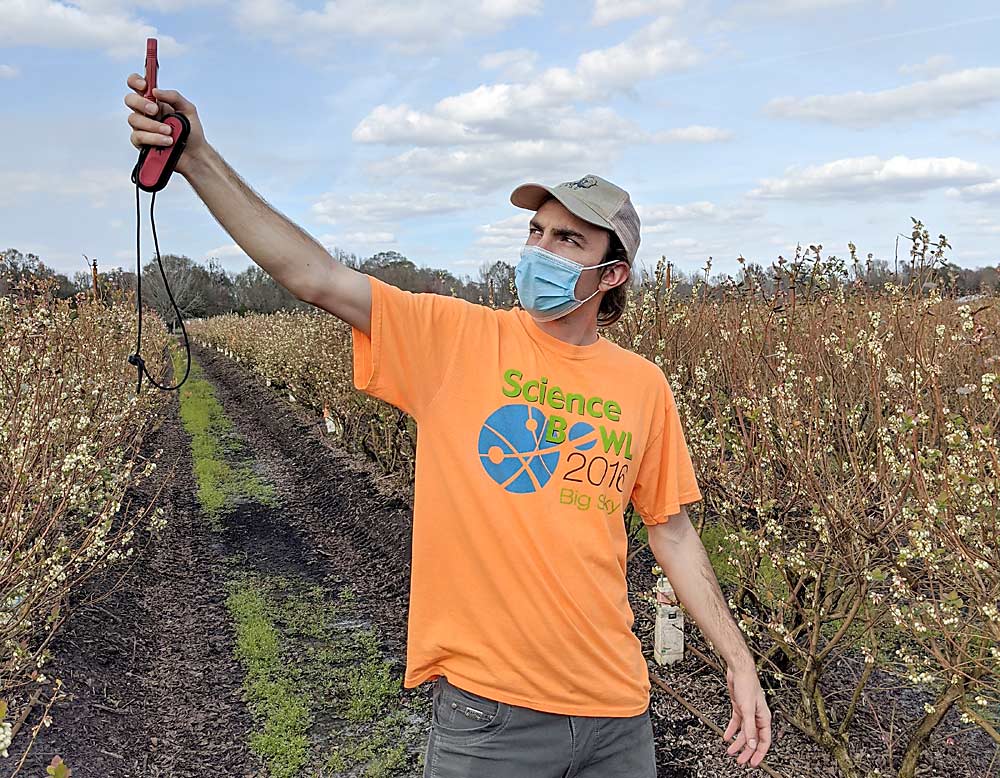
One of the operations working with Mallinger is Lyna Berry Farms, which grows about 24 acres of fresh blueberries in two locations near Tampa, Florida. The farm rents honey bee hives during bloom, stocking them at a rate of about 3.5 per acre. They place the bees in mid-January and keep them near the fields for six to eight weeks, said owner Susan Weicherding.
Weicherding has learned through experience that hive quality makes a big difference when it comes to pollination. But she’s not a honey bee expert, and knowing when exactly to bring them in and how many to rent can be challenging.
She hopes Mallinger’s work will give her and other growers a better understanding of the bees’ sometimes-mysterious behavior. A few years ago, the bees just left her farm. They were attracted to something else — she never figured out what — and failed to pollinate nearly half of her bushes, which led to poor fruit set and a short crop. The same thing happened to other Florida farms that year. “That was a nightmare,” Weicherding said.
A pollination planner would be a real benefit. Help deciding things such as how many hives to use, how far apart to place them and when to avoid spraying would save her a lot of headaches, she said. Plus, it also would be good for her pocketbook.
Pacific Northwest berries
No blueberry states are growing faster than Washington and Oregon, where DeVetter is collaborating with OSU assistant professor Andony Melathopoulos to update regional pollination practices. DeVetter is based in Mount Vernon, north of Seattle, a region with intensive blueberry production that’s in need of tailored pollination recommendations.
Melathopoulos said Oregon blueberry growers are pulling out older cultivars and planting newer cultivars, but it’s unclear how those changes impact their pollination needs.
Both researchers study stocking density and hive placement and how they affect overall pollination success. They want to determine where and how tightly hives should be clustered near fields and assess the impact of hive placement on exposure to pesticides, DeVetter said.
They will also study environmental factors. How do weather variables affect bloom progression? What impact do they have on the pollinators themselves? How does temperature impact effective pollination, and how can that be managed?
Then, there’s the question of what role hive strength, or hive quality, plays in successful blueberry pollination. Growers can use new tools to quickly and noninvasively assess whether a hive is strong enough to meet pollination standards, but those tools require more study.
“That’s something we’re just starting to explore,” Isaacs said. “Most blueberry growers don’t want to open up honey bee hives. Most beekeepers don’t want them to do that, either.” •
—by Matt Milkovich
Extreme heat inhibits blueberry pollination
Extreme spring heat events used to be rare in northern highbush blueberry regions, and heat inhibition of pollination wasn’t considered a problem worth studying.
But the past decade or so has seen more frequent incidences of extreme heat events in spring, matched with significant blueberry yield reductions. It happened in Michigan in 2018, when temperatures during bloom (which typically starts in mid-May) reached higher than 90 degrees Fahrenheit and stayed there for hours. Michigan lost nearly a third of its crop that year.
“We’re starting to see a more common occurrence of heat waves happening during bloom,” said Jenna Walters, a Michigan State University doctoral student. “As climate change intensifies and heat waves become more intense, we know this will be a problem for growers.”
As a result of this connection between high spring heat and crop losses, Rufus Isaacs, MSU entomology professor and leader of a four-year project studying blueberry pollination, tasked Walters, a student in his lab, with studying the ways heat potentially affects blueberry pollination.
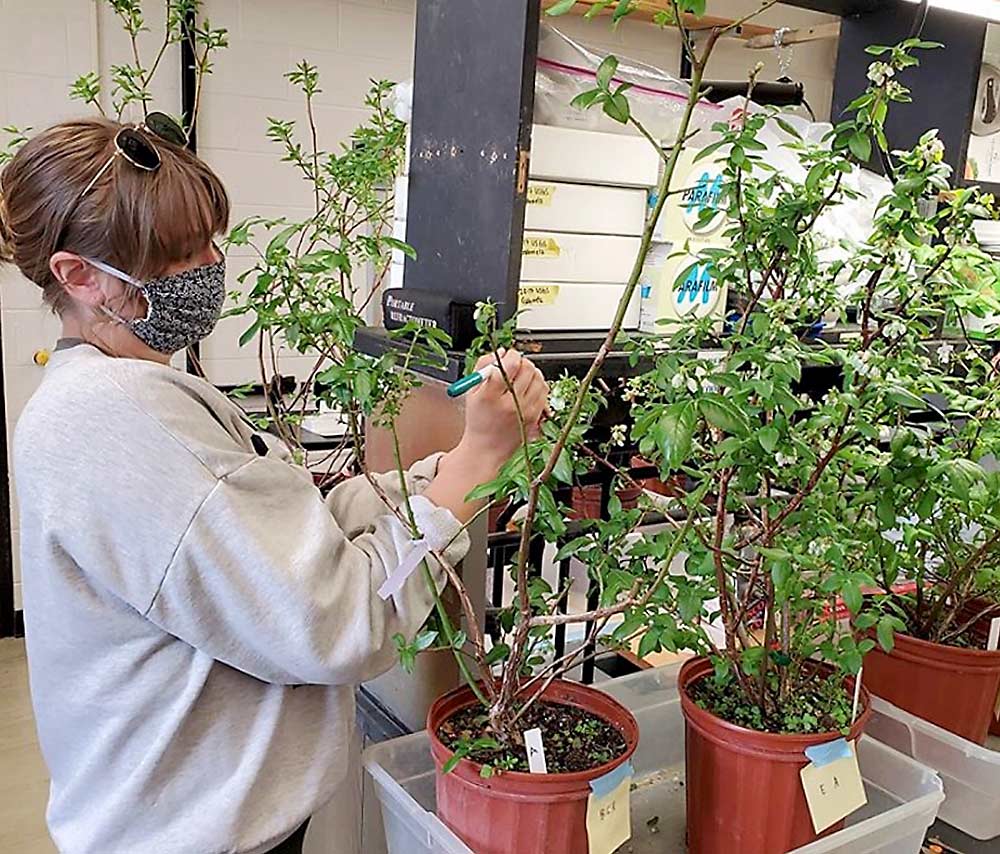
Walters started her study in 2019, with a focus on bees native to Michigan, including bumble bees, Osmia (mason) bees and Andrena (mining) bees. She found that high temperatures significantly inhibit pollen germination and pollen tube growth in laboratory settings.
Walters will continue her study of heat inhibition as part of the four-year pollination project. Among other things, she wants to learn if intervention strategies such as overhead irrigation could mitigate heat stress during bloom.
She also wants to study the effects of extreme heat on pollen nutrition. Pollen is the main dietary source of protein and lipids for bees. Its nutritional quality affects larval development, growth and resilience to stress. If heat affects the nutritional quality of pollen, there could be negative effects on the health and development of native bees, which could contribute to population declines.
—M. Milkovich

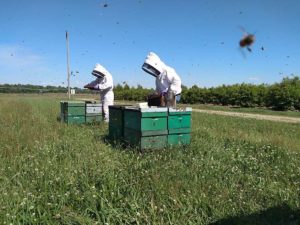
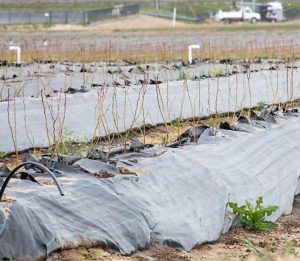





Leave A Comment